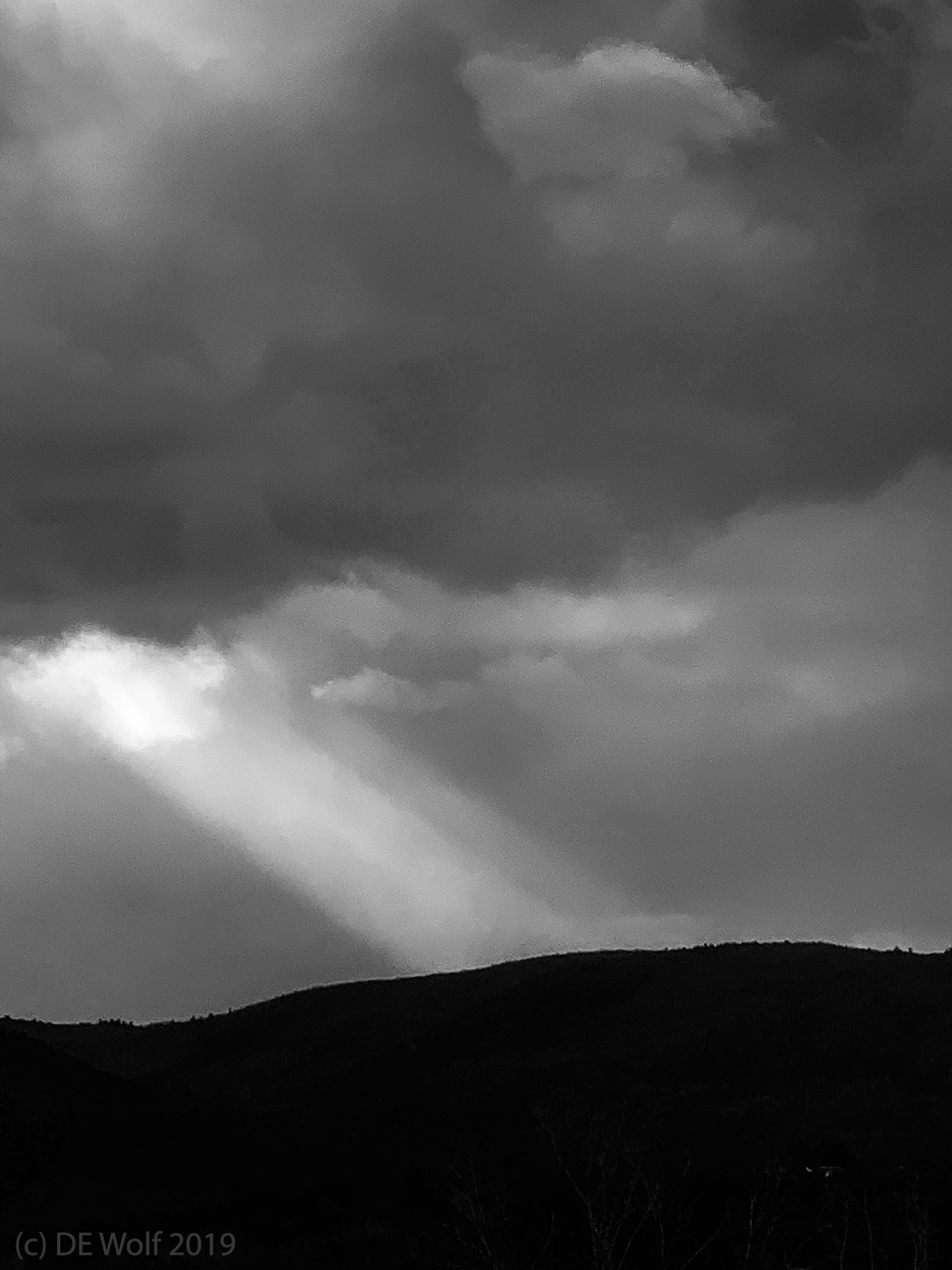We have, at last, reached the heart of winter time, the coming of the winter solstice and the shortest day in the Northern Hemisphere. I know that I obsess a lot about this. I do not like the darkness interdigitated with the cold and I await anxiously the changeover to Daylight’s Savings Time in March. Today in Boston the solstice came at 11:28 am this morning. We were treated to a whopping 9:04:40 hours of sunlight, with the sunrise at 7:09 this morning and the sunset at 4:14 this afternoon. Interestingly the sunsets have been getting later and later since December 13, when the sun set at 4:11 pm. Yes minutes count in my misery.
From the viewpoint of a person on the Earth, (Hey that is us!) Old Sol does a couple of things. First, he rises in the east each morning and sets in the west each night. Similarly the background of stars moves in this daily cycle. If you imagine, as the ancient did, that the stars are painted on a dome above the Earth, there is a ring called the celestial equator that is overhead at the Earth’s equator. Now the Earth’s orbit is in a plane that is at an angle to the celestial equator. As a result, the sun appears to move in this plane against the background of stars. This is the second apparent motion of the sun. It appears to move in this plane along a path referred to as the ecliptic through the constellations of the Zodiac Psst, actually the Earth is moving in its orbit!!! The ecliptic crosses the celestial equator at the two equinoxes, in March (vernal) and September (autumnal). It reaches its highest point above the celestial equator at the summer solstice and its lowest point at the Winter Solstice.
The mathematical among you will recognize that the sun’s path through the sky looks like a giant sine wave about the celestial equator up and down ad infinitum. I am embarrassed that I do not remember my college Calculus professor, but he would have been proud that I remembered that the rate of change in the height above the celestial equator must be zero at the maximum (the summer solstice) and the minimum (the winter solstice). Effectively the sun momentarily STOPS in its motion through the Zodiac. “Solstice” is derived from the Latin word sōlstitium. It literally translates to “the (apparent) standing still of the sun.” That’s because sōl means sun and sister means to stand still or “to come to a stop.” Ain’t it wonderful!
The image of Figure 1, like the winter solstice, is a harbinger of the coming of the light. I took it last Sunday on a cold dreary day in Lee, MA in the heart of the Berkshires. The ray, of course, represents illumination. This particular ray is worthy of the ascent of Moses to heaven. And, again in the case of Moses, the bringing of light to the world.


David,
on December 21 at 7:11 I took a photo of the aurora through our sunroom window
that I would like to share with you. I like the German word Morgenrot and I did not find
an equivalent in English. Of course Aurora is fitting and it is poetic, too.
thanks for your blogs!
Have peaceful holidays and a fulfilling New Year,
Wiebke